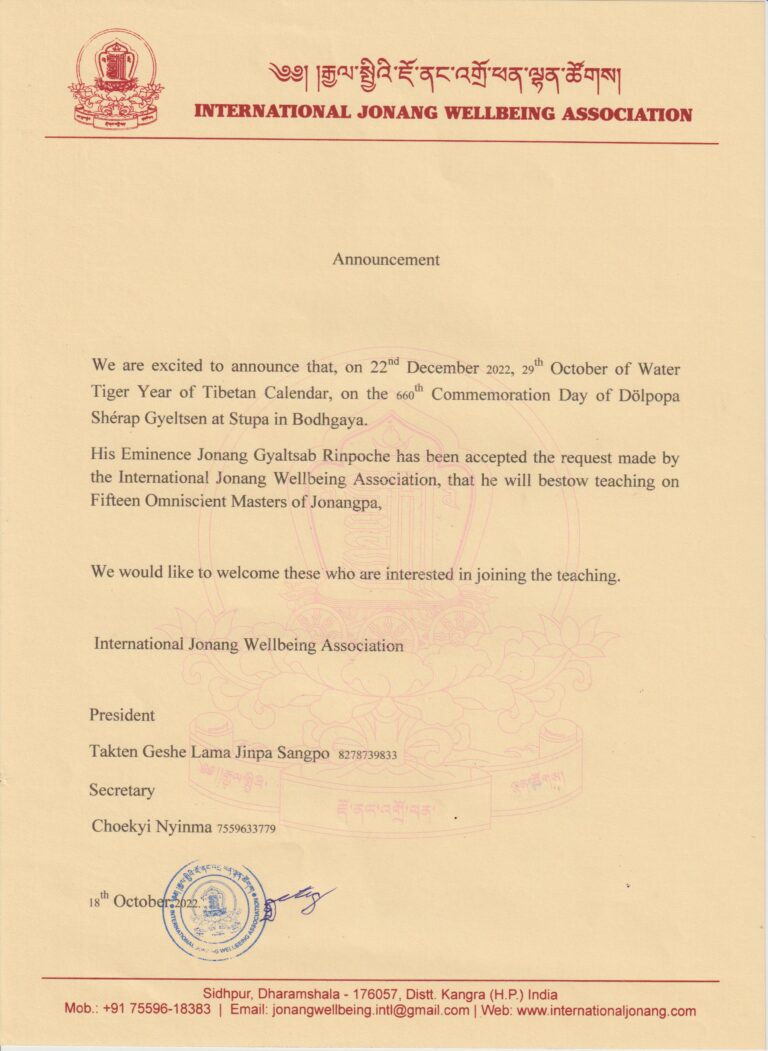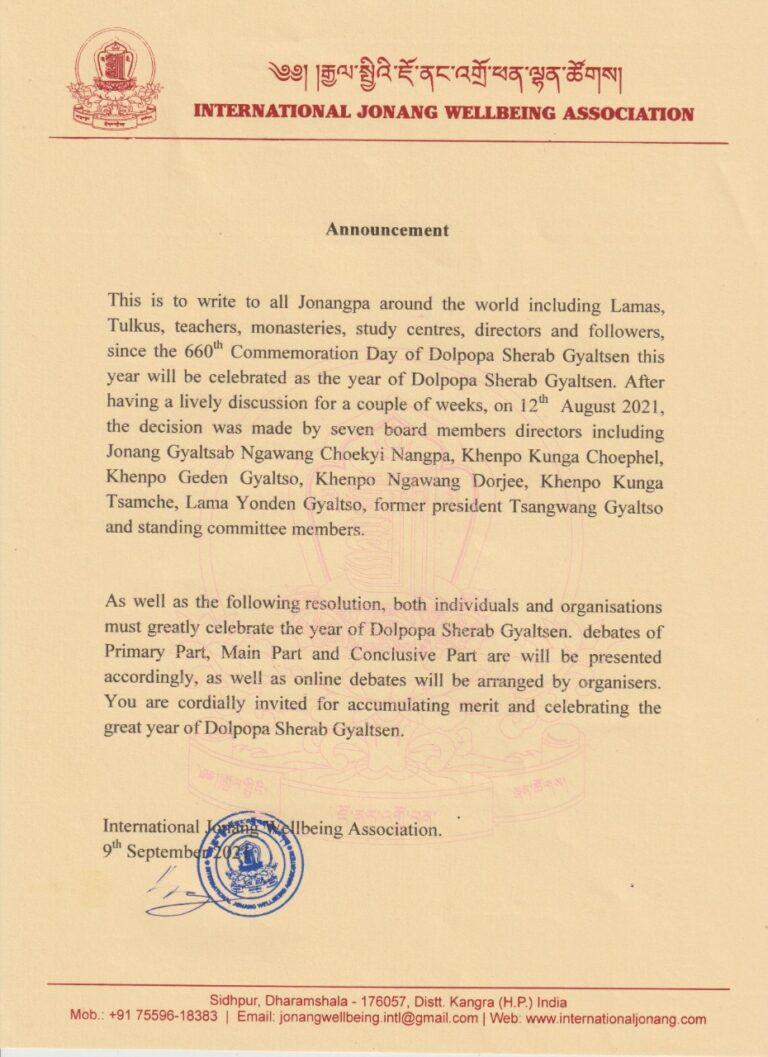A Work Telling the Life and Liberation Story of the Great Master Padmākara.
Part 16 Giving the escorts a handful of mustard seeds, the Master instructed, “Throw these at yesterday’s assassins. I am going to tame the demons on the southwest border.” Everyone witnessed the Master departs—flying into the sky on his horse, with his Dharma robes flapping and staff clattering. The Tibetans assert the Gungthang Pass to be the site of the Master’s departure. However, since it is described as being on the other side of that precipitous path at Dongbab, it is more likely to have been a mountain on the border of India and Tibet. The Master’s escorts left and headed back. When they reached the would-be assassins, they threw the mustard seeds on them, at which they were once again able to move and talk. The two escorts offered the Master’s words to the king’s ear and his heart filled with deep remorse. It is said that then, in order to receive the remaining teachings of the Master, the king invited the paṇḍitas Vimalamitra and Śāntigarbha. If we follow its words literally, it is after this that the events in The Supplement to the Testimony of Ba, such as the king building the temple, occurred. But the ancient documents are known as the Nyingma tantras unanimously agree that the Master consecrated the Ārya Palo Ling Temple and performed the ground-blessing ritual at Samyé Monastery, and I also agree with that. It is also clear that the stories above, such as the drawing out of the thread when building the temple, refer to the Ārya Palo Ling Temple. The Testimony of Ba states that the Master remained in central Tibet for eighteen months. The Supplement to the Testimony of Ba agrees that he stayed in Tibet for eighteen months, but in The Testimony of the Lama the number of months is not specified. In the ancient documents said to be written based on an understanding of The Testimony of the King, it says the Master remained in Drakmar in central Tibet for eighteen months. Therefore, apart from small details, there is general agreement. Many of the great

